MILWAUKEE — The increase in violence across communities in Wisconsin is translating to more victims being treated at Froedtert, a level one trauma center in Milwaukee.
The team at Froedtert and the Medical College of Wisconsin said they are seeing an increase in patients coming in with stab wounds, gunshot wounds and injuries from being in a car crash or being hit by a car.
They said these all correlate to the increase in violence throughout the community, which, based on their data, began around 2020.
“Basically in 2020, as a result of COVID, the numbers of traumas and specifically the penetrating traumas like gunshot wounds or stabbings that went significantly high,” Froedtert and MCW chief of trauma surgery, Dr. Marc De Moya said.
Inside the walls of one of the busiest trauma bays in Milwaukee, the team works like a well-oiled machine. This is work they train for and have years of experience doing.
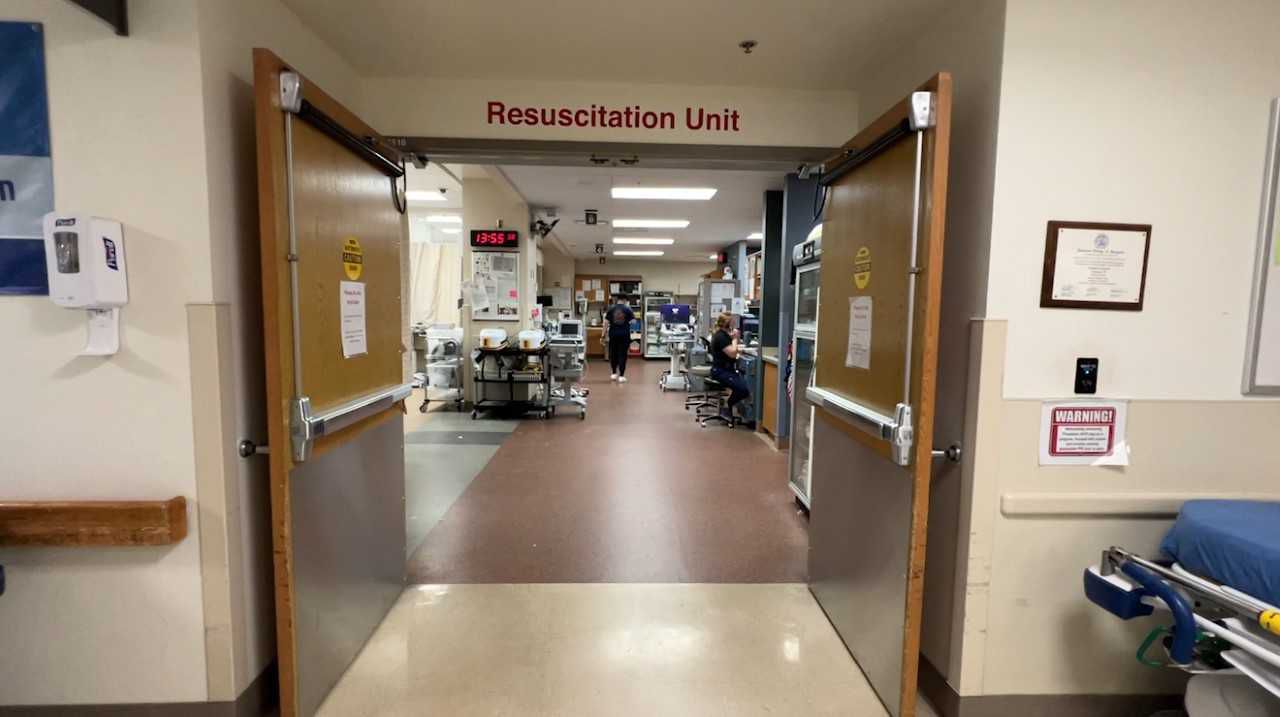
“It becomes exhausting when you are dealing with so much of this kind of trauma day in and day out,” Dr. De Moya said.
A handful of doctors and nurses work side by side preparing for incoming calls. A few minutes go by before their pagers go off and they can see what type of patient is coming their way.
However, over the past few years, they have seen many of those patients coming in because of the violence in the community.
“Every day we see some kind of intentional violence here in the city, every day,” Dr. De Moya said.
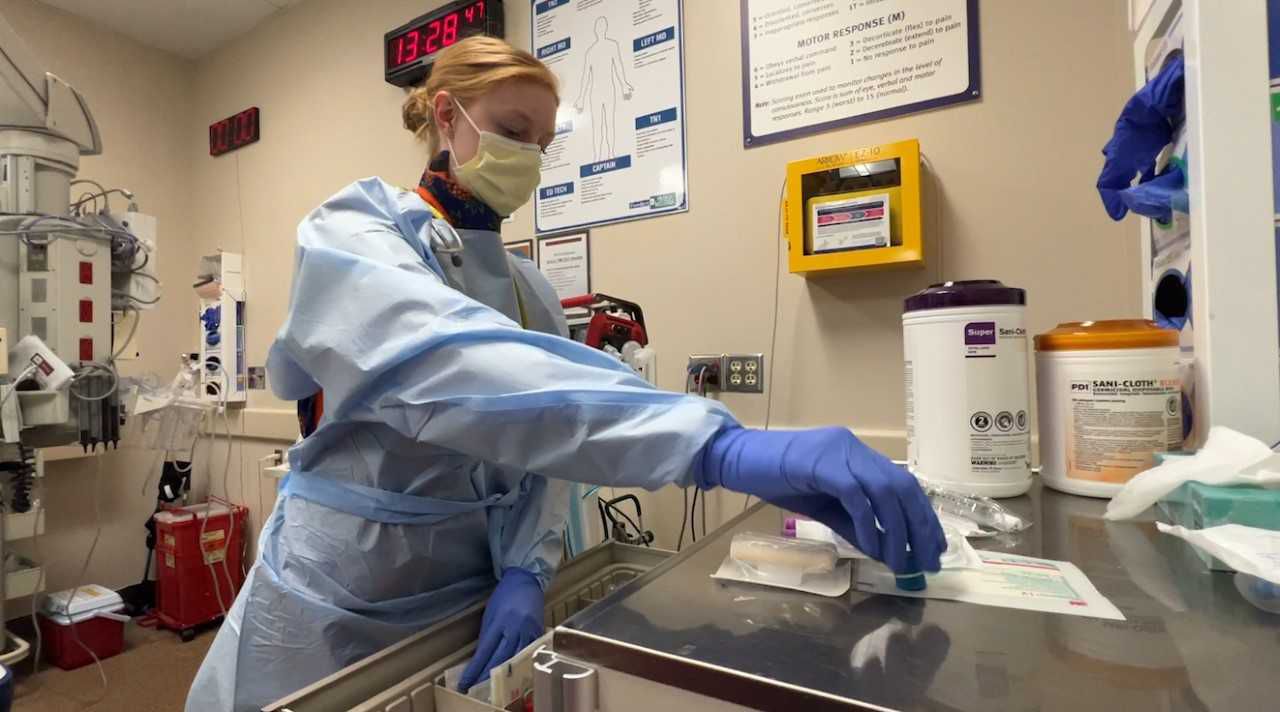
Dr. Marc de Moya is the chief of trauma surgery with Froedert and MCW. In his six years in Milwaukee, he’s seen trends no one wants to witness.
“Now we are seeing a gunshot wound or stabbing every day. We see over 400 gunshot wounds a year and so basically, we are seeing one a day and sometimes we are seeing multiple a day,” De Moya said.
The data from Froedtert speaks volumes. On average, there are about 3,500 severely injured patients that come through their doors each year.
If you break that down, you can see that 20% of those patients are people who come in with gunshot wounds or stabbing wounds. These are numbers that have steadily grown since 2020.
“A lot of people see these images from Ukraine or somewhere else that have war,” De Moya said. “It very much parallels that what we are fighting here is actually a real war. Patients come in and need that kind of care. It’s quick, and it needs to be decisive, otherwise patients die.”
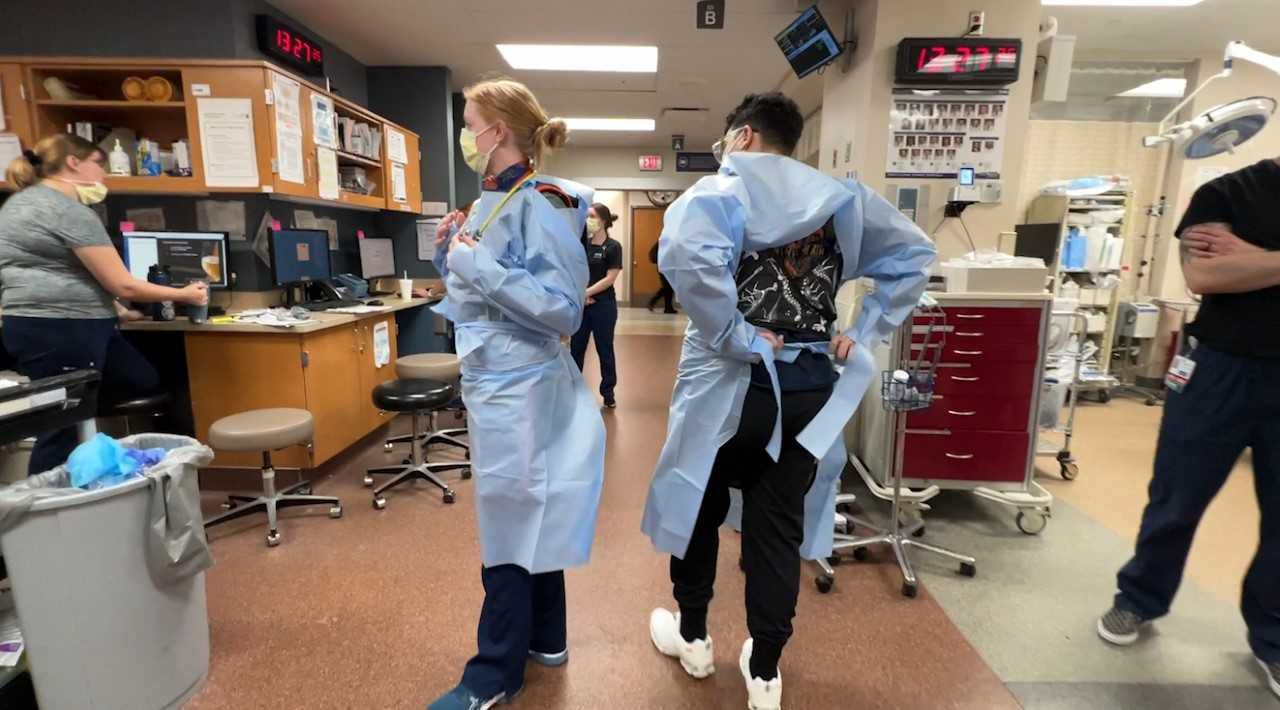
The team at Froedtert has actually been tasked with trying to save so many victims of violent crime that the system’s success rate has improved.
“If you are shot in Milwaukee or stabbed or have any trauma quite frankly at this point, you have a 97% chance of actually surviving that here at Froedtert,” De Moya said.
Trauma nurse manager Andrew Lynn has been working in this field for nearly a decade. He said it’s hard to even begin to describe what they have seen on a daily basis and over these past few years.
“It’s not something that I can put into words. If you don’t see it, you don’t really understand it,” Lynn said. “It’s busy, people are tired, we are working hard.”
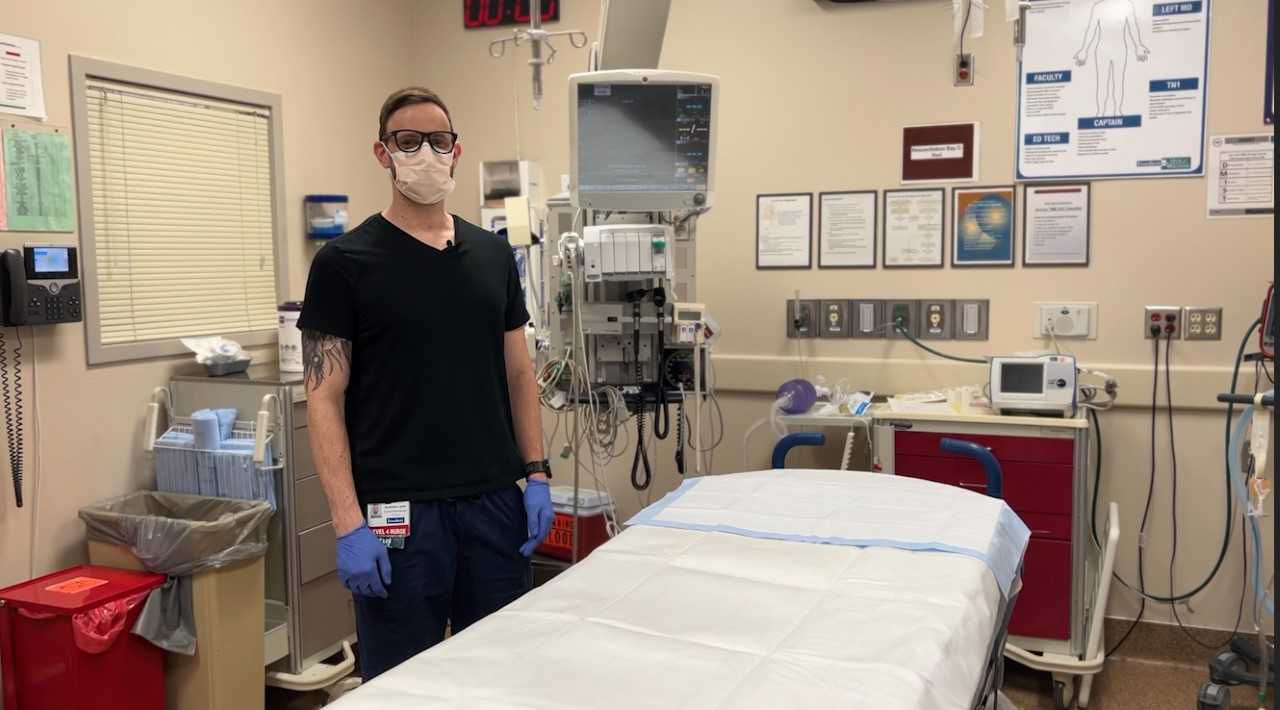
However, the work they do must continue no matter what comes through their doors. They can see the correlation of what's going on outside in the community as it translates to patients needing their care.
“We used to joke that trauma season was a summer season so like May, June, through August or September but now it’s a year round thing so we are seeing more and more,” Lynn said.
The care they provide isn’t always easy to deal with mentally. It can take a toll. However, the staff is prepared for this kind of trauma and they have resources they can work with.
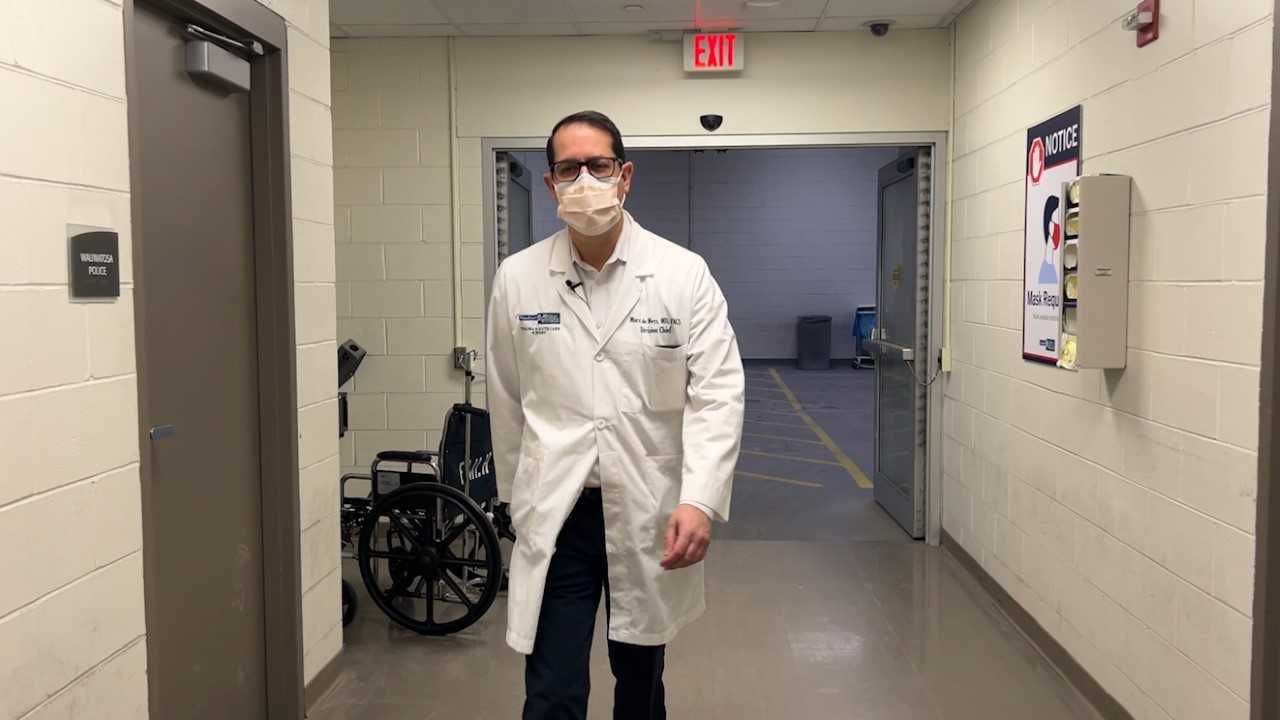
“Though a lot of this ‘battle like’ experience we have, it does bring the team together in other ways that can be a good thing for patients across the board,” De Moya said.
While the staff said there is no simple solution to this growing problem. They continue to handle the worst of it, are hoping for a reprieve sometime soon.



